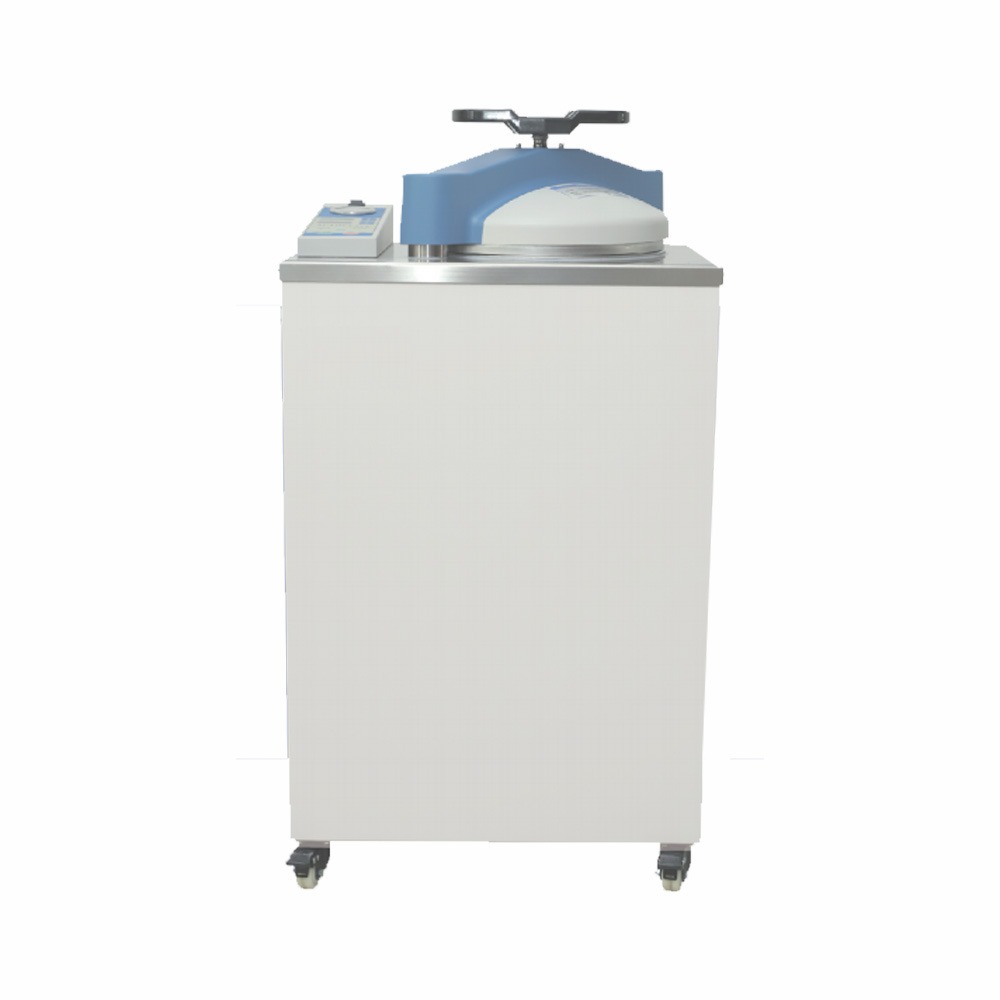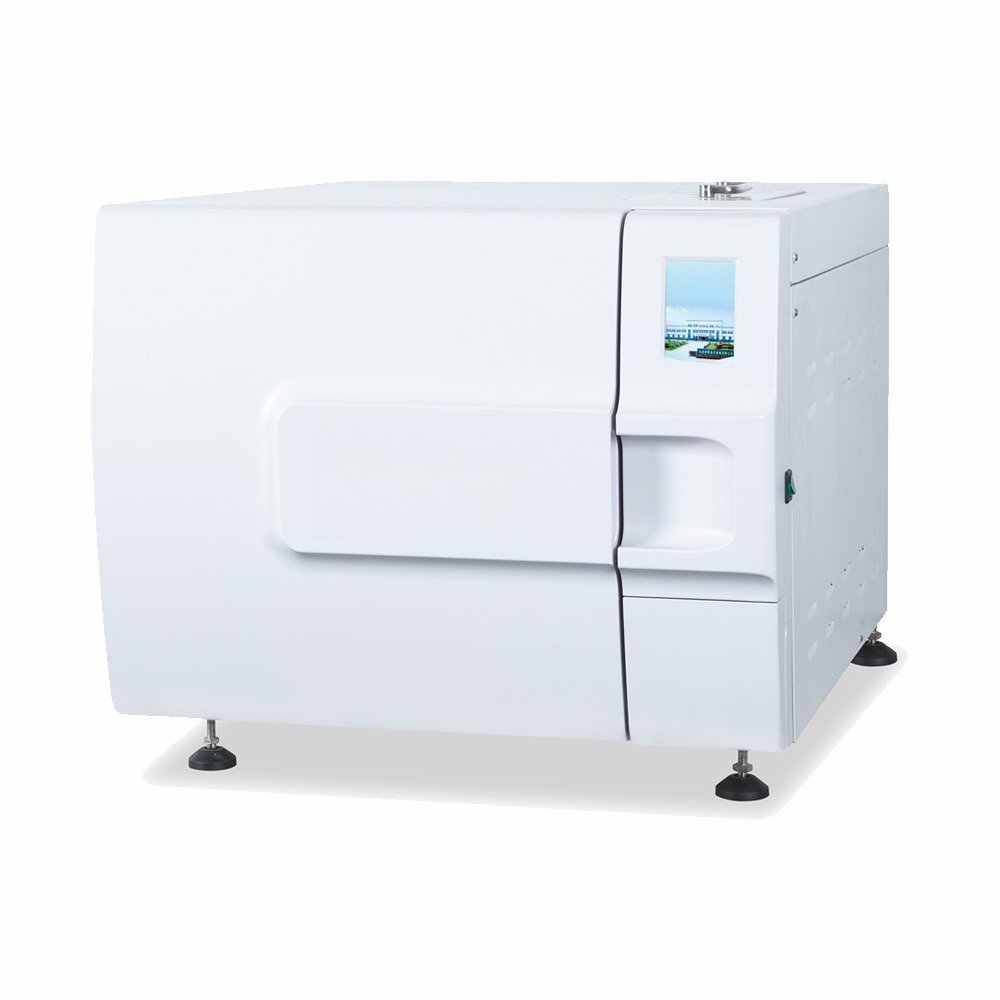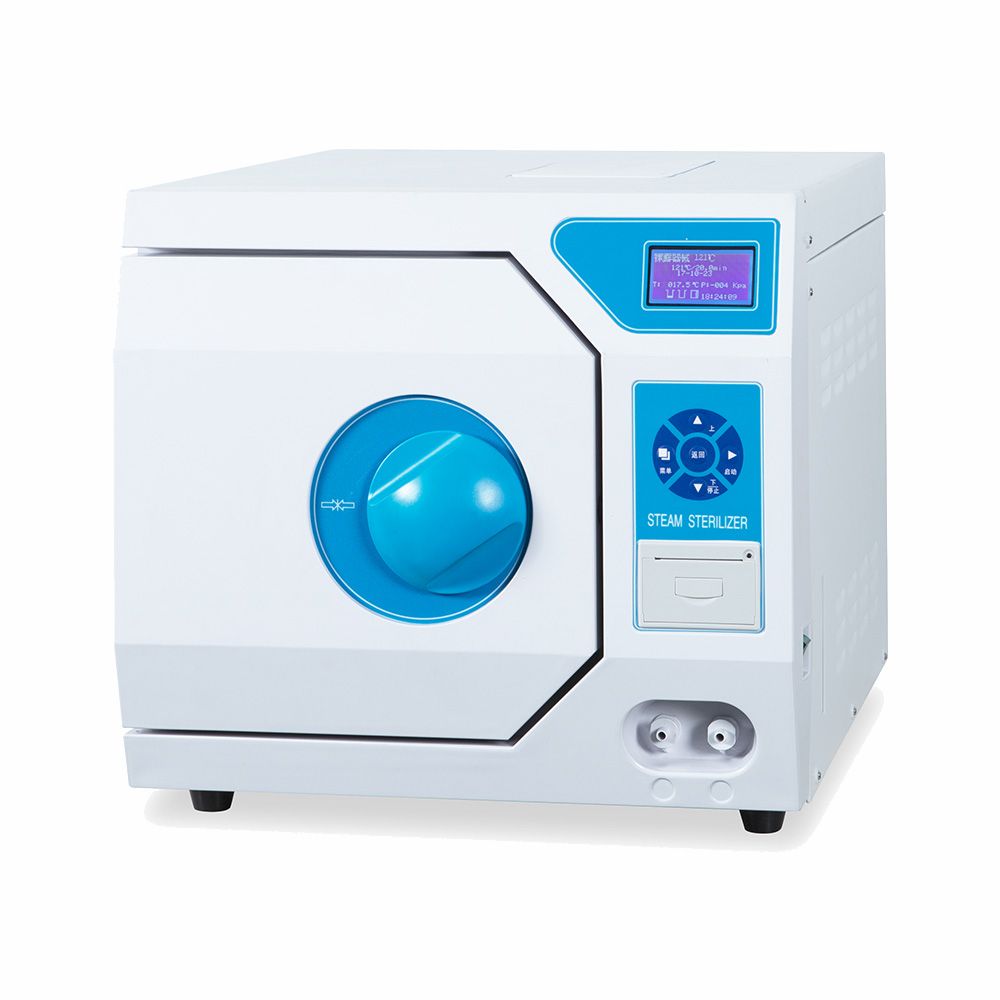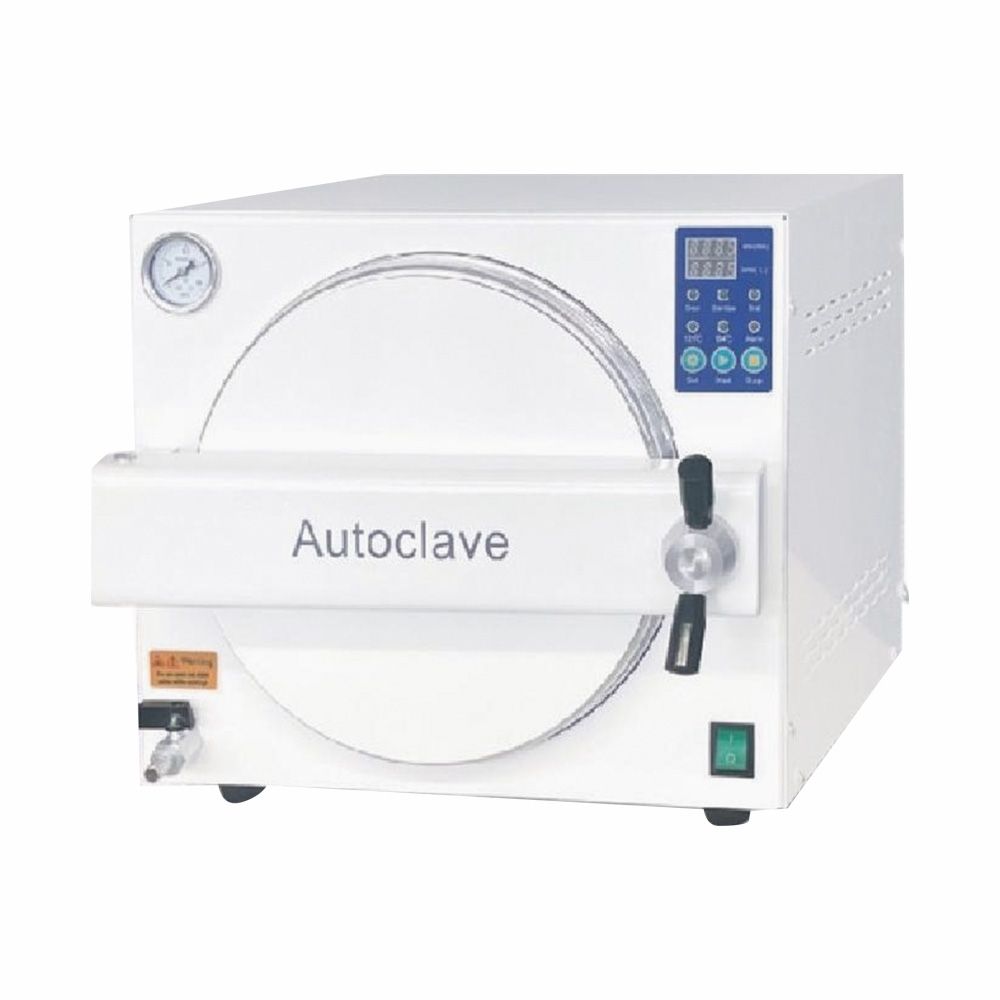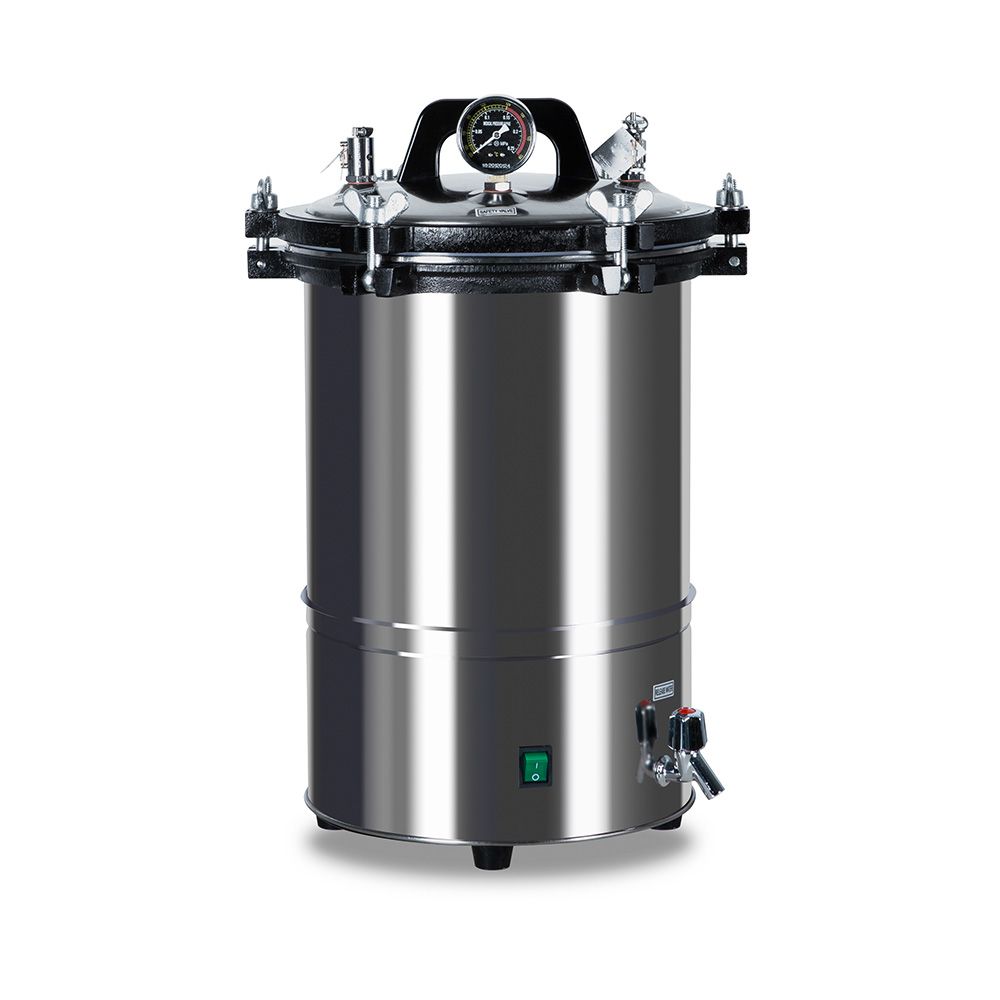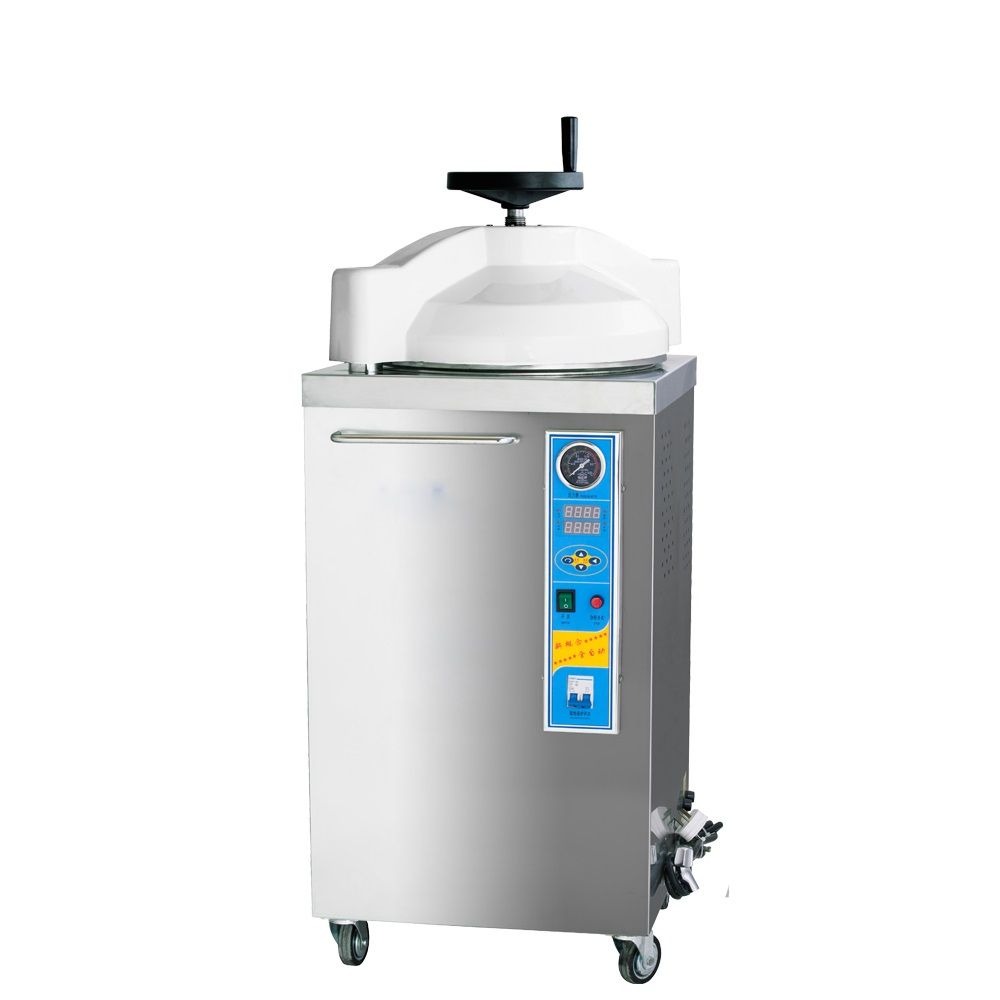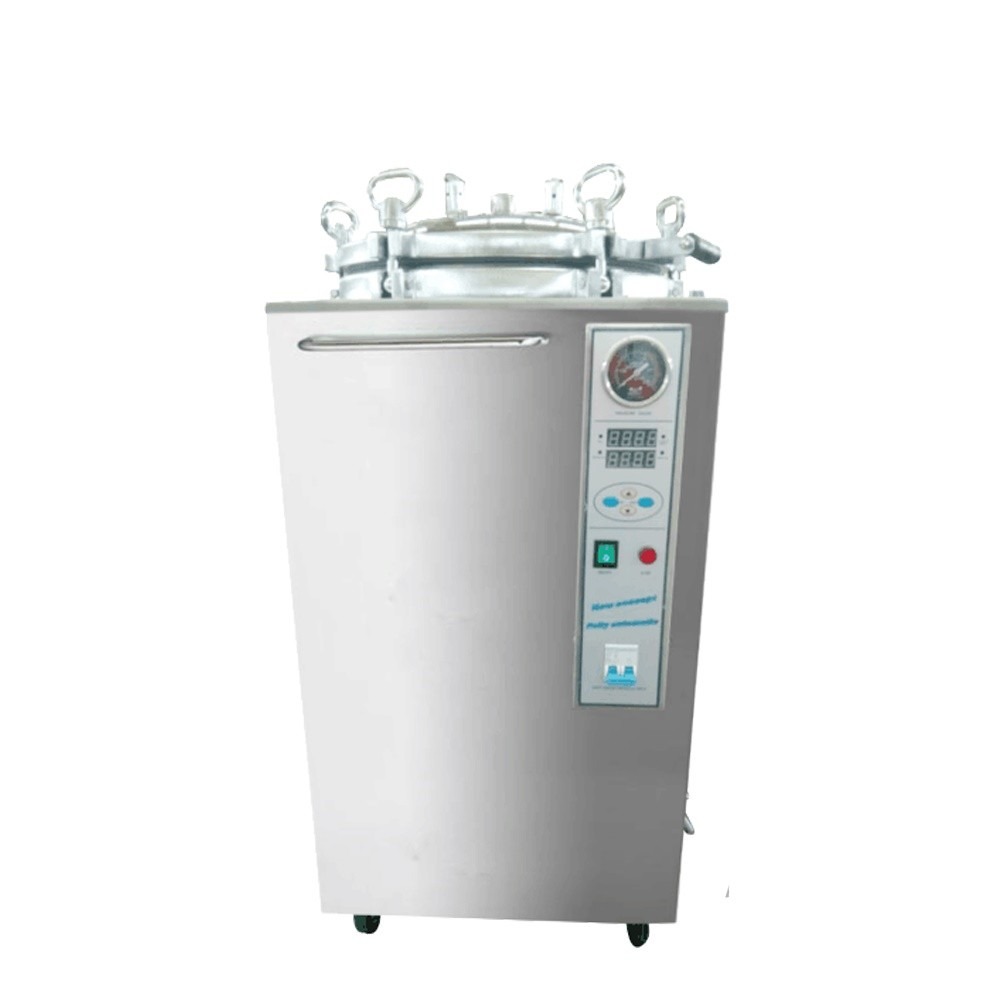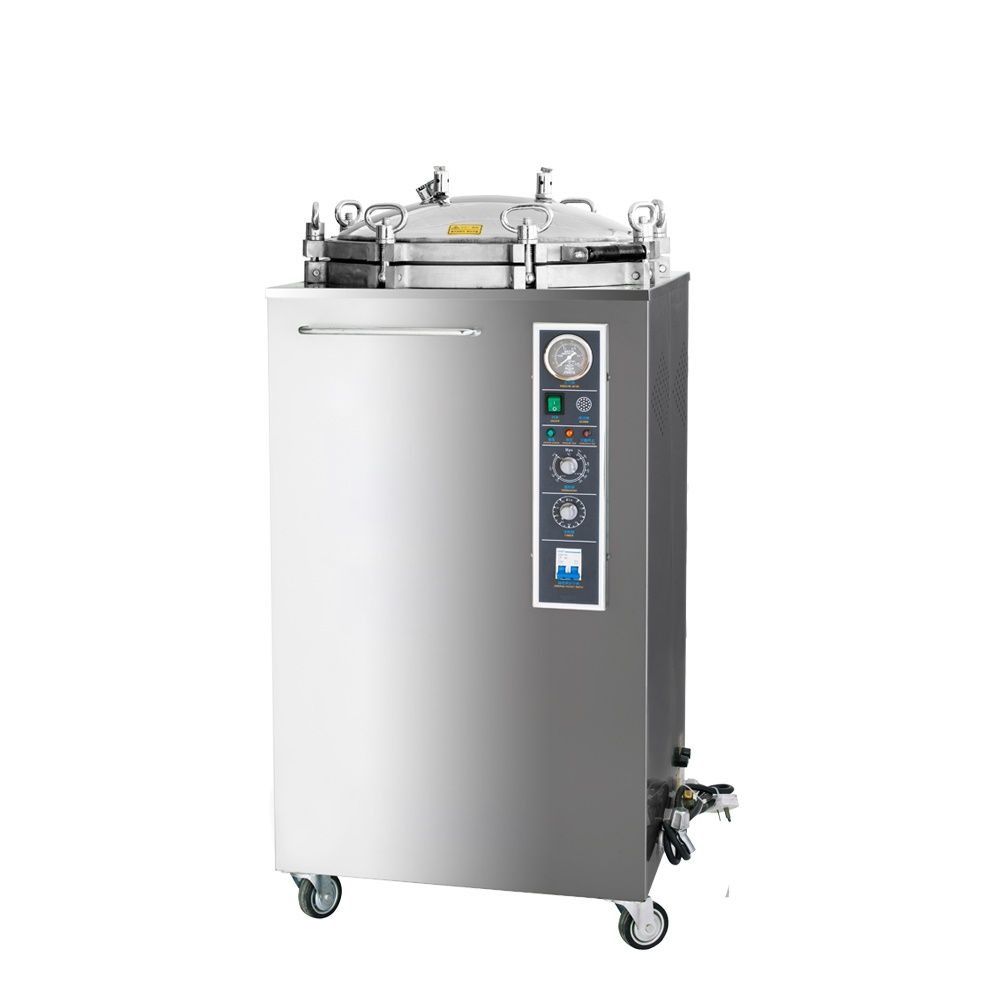Autoclaves are sterilizing instruments used to eliminate viruses and bacteria in other medical devices. With its advantages such as fast sterilization speed, low operating cost, and good sterilization effect, it has become the first choice in a short period. With the rapid development of technology and meeting the disinfection requirements of different equipment in hospitals, various types of medical autoclaves have been derived, including down-row medical autoclaves and pre-vacuum medical autoclaves.
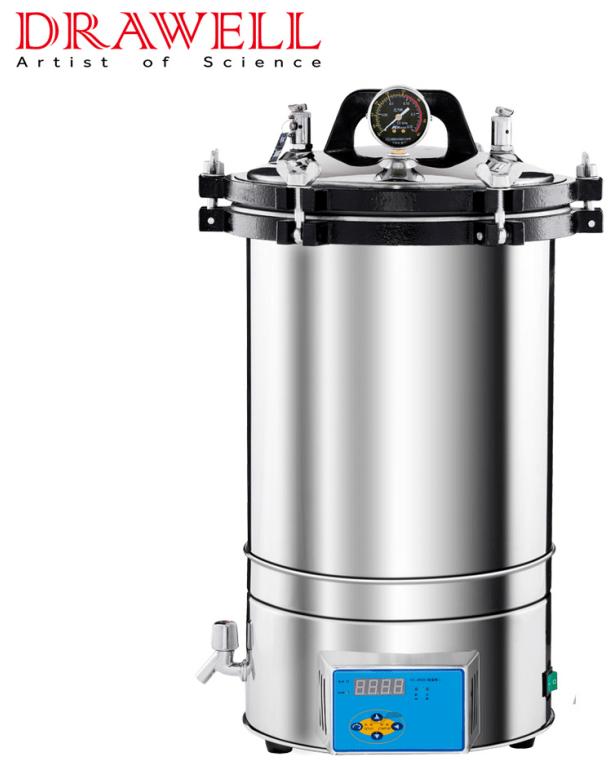
So, how can you ensure that your autoclave performs well? You need to pay attention to the following issues.
1. Preliminary treatment of disinfected items All medical devices, sheets, clothing, etc. that have been in contact with pathogenic microorganisms should be disinfected with chemical disinfectants first, and then cleaned according to routine. In particular, all kinds of items used in the infectious ward must be strictly checked, first strictly disinfected, and then cleaned and disinfected.
For routine cleaning, first soak and scrub with a detergent solution to remove oil stains, blood stains, and other dirt on the items, and then rinse with running water. Instruments and other items such as shaft joints, tooth grooves, and gaps should be opened or disassembled as much as possible for thorough cleaning.
The washed items should be dried and packaged according to clinical needs to avoid re-contamination. Containers and delivery tools for items before and after decontamination should be strictly differentiated and marked to prevent cross-infection.
2. The packaging and containers of disinfection items should be properly packaged with a double-layer white cotton cloth. The new cloth should be washed and desired before use. Items are packaged with cords, which should not be loosened and scattered and should not be too tight.
When using a container to hold it, the choice can not only block the invasion of external microorganisms but also have better steam penetration. Such as special syringe sterilization boxes, storage tanks for dressings, etc.
Civilian aluminum boxes are difficult to enter because of steam, and the air in the box is not easy to discharge, so conventional sterilization often cannot achieve the sterilization effect. The experimental comparison shows that its pollution rate is much higher than that of medical aluminum boxes. Therefore, civilian aluminum-boxed syringes or instruments cannot be sterilized.
3. Placement of disinfection items should be reasonable Too many or improper placements of disinfection items can affect the sterilization effect. The items in the sterilizer should not be overcrowded, and should not exceed the capacity of the pot. Try to sterilize similar items in one pot.
If different types of items are packed together, the temperature and time required for the items that are difficult to sterilize should prevail. When loading items, the up, down, left, and right sides should be crossed and staggered to leave a gap so that the steam can easily penetrate.
Large packages should be placed upright on the upper level, and small packages should be placed on the lower level. Large enamel boxes and storage tanks should also be placed upright. Cloth and metal items should be sterilized at the same time. Metal items should be placed on the lower level so that the two are heated the same, and Prevent condensation from sterilizing metal objects from wetting the cloth.
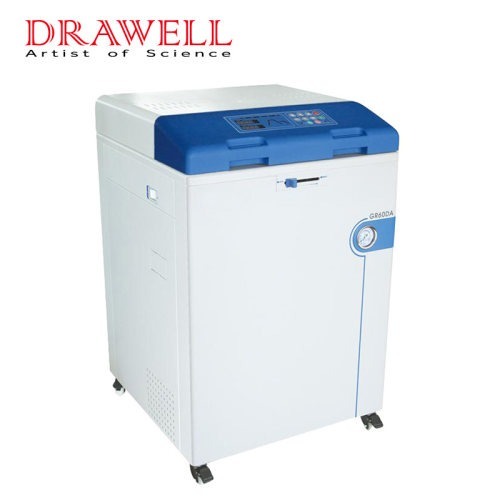
4. Exhaust the air When using a high-pressure steam sterilizer, the most important thing is to exhaust the air in the pot. If there is air in the pot, the pressure point by the air pressure needle is not the pressure produced by saturated steam. At the same pressure, the temperature of steam mixed with air is lower than that of saturated steam.
The relationship between pressure and temperature when the degree of air removal in the pot is different. The temperature (°C) when the pressure air is removed to different degrees. The temperature (°C) when all the air is removed and not excluded is the same under the same pressure. If less, it is equivalent to boiling sterilization, which cannot kill spores and hepatitis viruses in a short period, which will affect the sterilization effect. Therefore, the exhaust process is necessary and the exhaust time should be about 10 minutes.
5. Reasonable calculation of sterilization time includes
- Penetration time is calculated from the time when the pot reaches the sterilization temperature to the time when the most difficult-to-reach part of the pot also reaches this temperature
- Maintenance time is the time required to kill microorganisms, generally expressed by the time required to kill Bacillus stearothermophilus spores, which die in minutes
- Safety time is the additional time required to ensure that sterilization is guaranteed. Generally, it is half of the thermal death time, and its length depends on the disinfection items.
For the sterilization of heat-conducting metal equipment, no safety time is required. During the sterilization time, pay attention to the pressure gauge, and adjust the air intake at the right time to maintain a certain pressure until the sterilization time. During the sterilization process, if the pressure and temperature drop, the temperature and pressure should be raised again, and the timing should be restarted.
6. After sterilization, it is required that after the sterilized items are dry, check that the indicator meets the sterilization requirements before they can be taken out of the pot. When taking sterile items, a strict aseptic operation is required. Before opening the item, cover the cover well, and close the vent hole of the storage tank.
Items should be stored away from the ground. The purpose of this is to reduce pollution from the ground, roof, and walls. At the same time, they should be classified and placed, and issued and taken sequentially.
7. Pay attention to safety Before each sterilization, check whether the sterilizer is in good working condition, especially whether the safety valve is in good condition. The decompression after disinfection should not be too fast. The pot door should be opened only when the pressure gauge returns to its original position.
If there is a bottled solution in the sterilizer, and the pot is opened suddenly, the glass is likely to burst when it encounters cold air suddenly. It must be noted that if the pot door is suddenly opened too large, a large amount of cold air will enter, and the steam around the wrapping cloth will easily condense into water Points will block the holes of the cloth, hindering the steam in the cloth from venting, and make the items wet.

